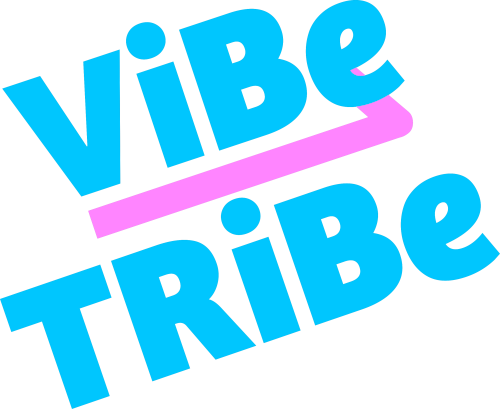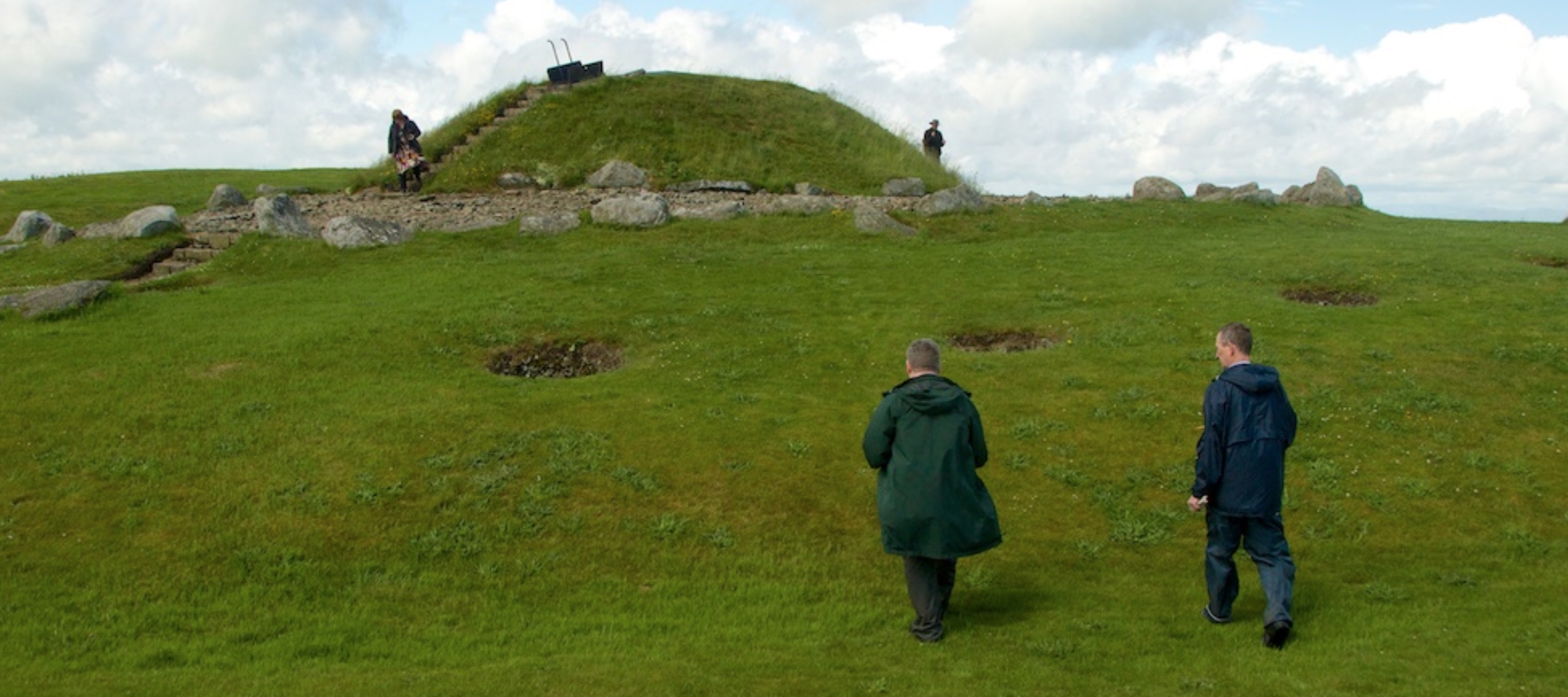Across the world, certain places seem to pulse with an indescribable energy. From ancient stone circles and sacred groves to quiet valleys and windswept cliffs, people often speak of “powerful” or “healing” feelings when visiting these spots. What is it that makes a place feel sacred? And how can we attune ourselves to it?
For centuries, dowsers—also known as diviners or earth energy sensitives—have been tuning into the subtle currents of the Earth. Their tools may be as simple as a forked hazel branch or a pendulum, but their insights can guide modern-day seekers to spaces that resonate deeply with the mind, body, and spirit.
Understanding Earth Energies: What Are Ley Lines?
Earth energies are believed to be natural currents or vibrations that run through the landscape, much like magnetic or telluric currents. Dowsers often speak of ley lines—invisible alignments of energy that link ancient sacred sites such as Stonehenge, the Pyramids, and Machu Picchu.
British antiquarian Alfred Watkins coined the term "ley lines" in the 1920s, proposing that these alignments were ancient trackways connecting significant sites. Though mainstream archaeology remains skeptical, many holistic practitioners and wellness communities regard these lines as energetic arteries of the Earth.
“I felt like something was pulsing beneath my feet, like the Earth itself was speaking,” said one retreat organizer after visiting Avebury in the UK.
How Dowsers Read the Land
So how do dowsers actually work? While techniques vary, most rely on physical tools to amplify subtle sensations. For example:
- Rod dowsing: Holding two L-shaped rods, the dowser walks across land. When rods cross or swing outward, it’s often interpreted as a sign of energy presence.
- Pendulum dowsing: A weighted object suspended from a string moves in specific patterns (circles, back and forth) over maps or in person to reveal information.
- Body dowsing: Some advanced practitioners use their own body as a sensor, feeling tugs, warmth, or changes in balance when crossing energy lines.
Dowsers may map out ley lines, find underground water, or even detect energetic “power points” on a property. This is especially useful for retreat planners seeking venues that support wellness and harmony.
The Science (and Mystery) Behind Dowsing
Despite centuries of use, dowsing remains scientifically controversial. A 1987 study commissioned by the German government (the Munich “GWUP” tests) found that while most dowsers performed no better than chance, a few individuals consistently scored far above the norm. The researchers concluded that "some people may indeed possess an ability to detect environmental anomalies in an unexplained way."
Other researchers suggest dowsing might be linked to ideomotor responses—subtle, unconscious muscle movements triggered by the dowser’s expectations or intuitive awareness. Whether physiological or energetic, many users report uncanny accuracy when locating water or energy lines.
Perhaps most importantly, dowsing taps into something beyond data: an intuitive relationship with land and place.
Sacred Sites and Land Consciousness
Many sacred sites lie at the intersection of multiple energy lines. Glastonbury Tor, for example, is located where Michael and Mary ley lines cross—a spot many describe as “electrically charged” or spiritually uplifting. Retreat facilitators who run mind, body, spirit events often say their participants feel more relaxed, open-hearted, and emotionally attuned at these places.
In indigenous traditions across the world, from Australia to the Andes, there’s a deep respect for the living spirit of the land. Dowsing—when practiced with humility and presence—can reconnect us to that same ancestral wisdom.
Dowsing for Personal Clarity
In modern spiritual practice, people also use dowsing for personal insight. Some examples include:
- Checking chakra alignment with a pendulum
- Choosing supportive food, crystals, or herbs
- Finding the best location in a home or venue for meditation or ceremonies
- Asking yes/no questions during journaling or emotional processing
This approach is especially popular in wellness retreats focused on energy healing, nature connection, and self-discovery.
Planning Events with Earth Energies in Mind
For those organizing retreats or events, dowsing offers a practical and spiritual tool. Choosing a venue with good energetic flow can elevate the experience for attendees. Some event hosts now include dowsing as part of their site-selection process—checking where energy lines cross, where to place altars or group circles, and even when to schedule key activities.
Imagine hosting your next wellness gathering on land that not only looks beautiful—but feels aligned with your intention. That’s the essence of land wisdom.
Tips for Trying Dowsing Yourself
- Start simple: use two bent coat hangers as rods or a crystal on a chain as a pendulum.
- Practice over known water sources or energetic landmarks.
- Stay relaxed, grounded, and open—intuition plays a big role.
- Keep a journal of your findings. Over time, patterns may emerge.
If you're more visually inclined, here's a useful video introducing dowsing for beginners:
Feeling the Call of the Land
Whether you're planning a mind, body, spirit gathering, seeking emotional clarity, or just curious about Earth's hidden patterns, dowsing opens the door to a deeper dialogue with the natural world. Some may see it as ancient wisdom, others as energetic sensitivity—but either way, it's a practice that invites presence, curiosity, and reverence.
For more info or to explore upcoming nature-based events and wellness retreats, click here.


